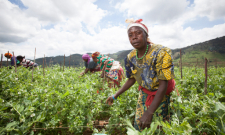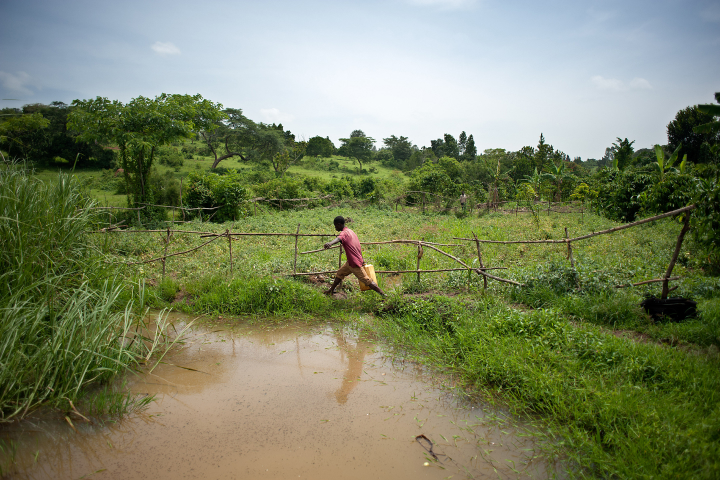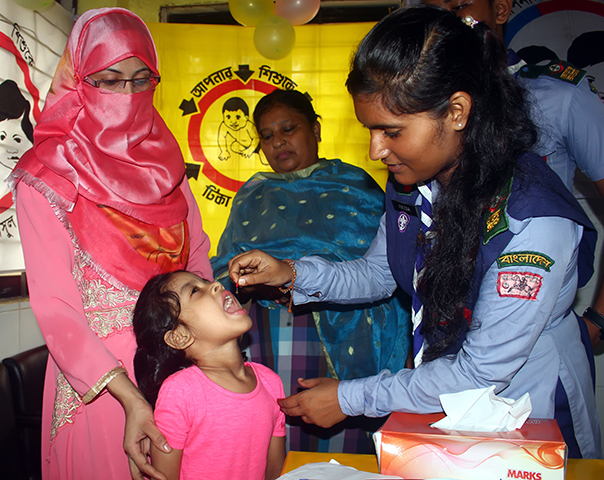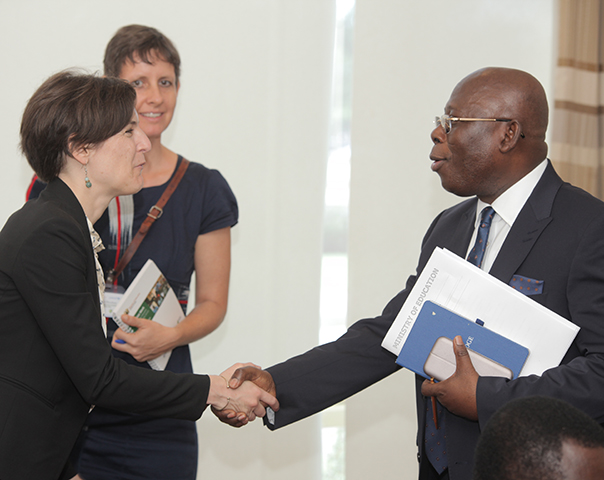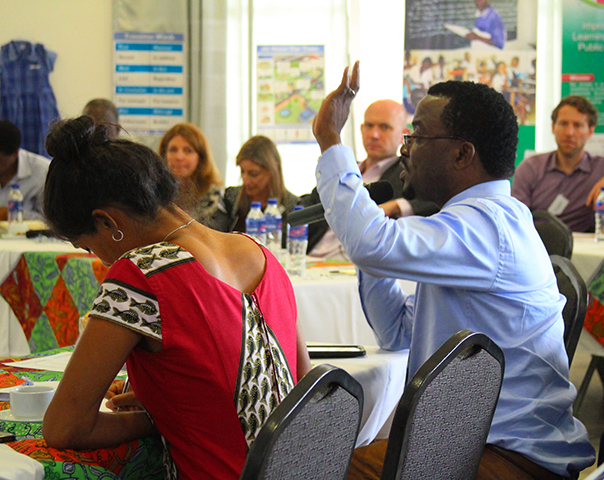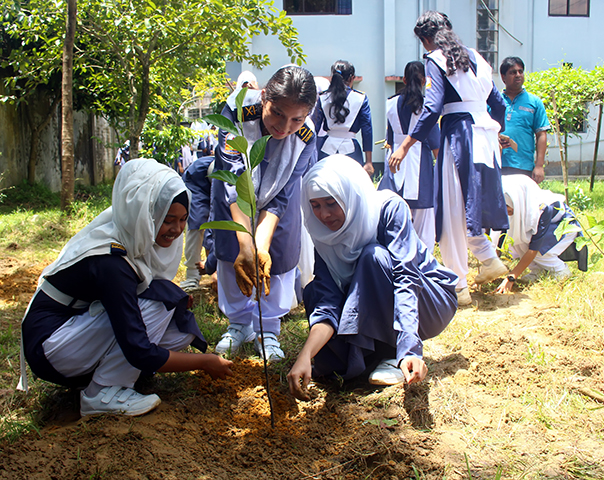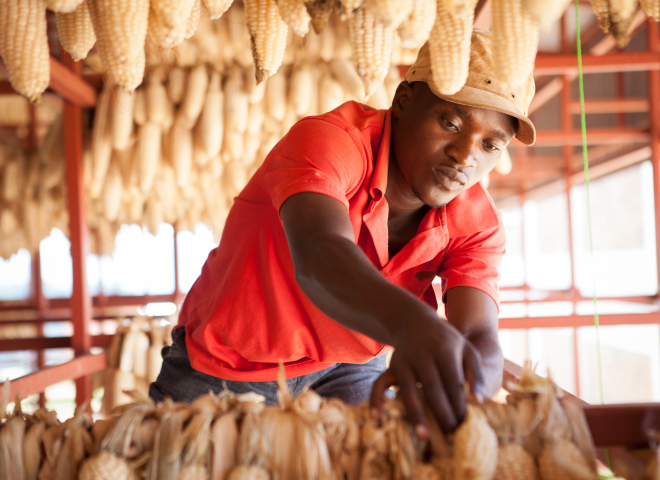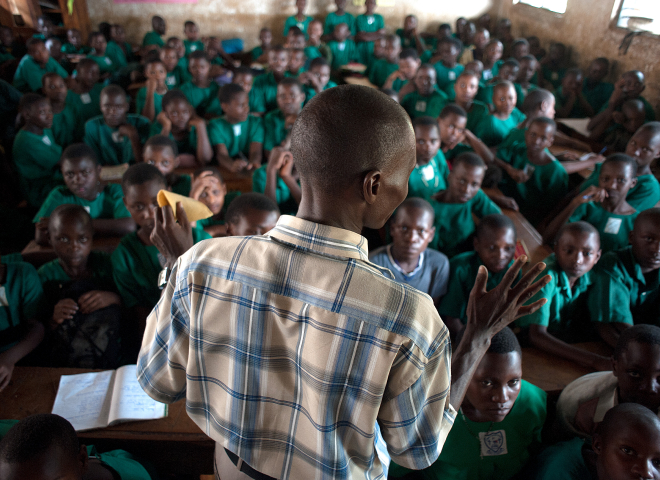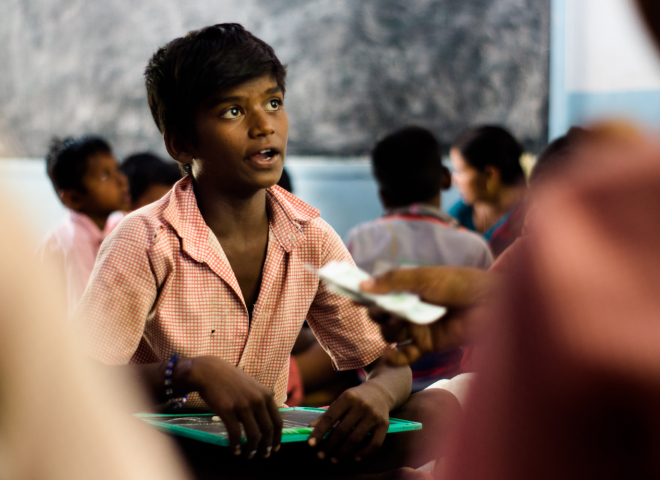The Challenge
In Peru, Indigenous children face deep and persistent learning gaps compared to their non-Indigenous peers. More than half of students in bilingual schools—52 percent—do not reach even the “in progress” level in mathematics, which is the national benchmark for minimum expected learning. One reason is that the education they receive often does not reflect their language or culture: only 19 percent of Indigenous children are taught in their mother tongue, and 40 percent of teachers working in IBE schools do not speak the local language.1 Combined with the challenges of poverty, isolation, and limited access to resources in rural areas, this disconnect between what is taught in schools and what children experience in their communities leaves many Indigenous students at a systemic disadvantage from their earliest years.
The Program: Mate Raymi
To respond to the persistent gaps in math learning among Indigenous children, Mate Raymi was designed as an educational strategy that brings together technology, culturally adapted content, and teacher support. Its design draws on the proven effectiveness of Interactive Radio Education in contexts such as Paraguay and Panama, where radio-based programs improved foundational learning outcomes.
At the heart of Mate Raymi are sixty intercultural bilingual radio lessons that guide teachers and students through interactive activities in Spanish and Quechua. These sessions are complemented by a package of teaching materials—guides, number cards, and intercultural illustrations—created specifically to reflect the Quechua Chanka worldview. The intervention also includes a hybrid accompaniment system that combines monthly in-class visits with weekly phone calls, ensuring that teachers feel supported and confident in applying the methodology.
The Evaluation
Researchers are partnering with IPA Peru and local education authorities in Ayacucho, Apurímac, and Huancavelica to conduct a randomized evaluation measuring the impact of the Mate Raymi program on preschool children’s early math learning and cultural identity. The study is also designed to test whether incorporating Indigenous mathematical knowledge and practices produces additional benefits beyond a bilingual curriculum adapted to local contexts.
A total of 350 schools have been randomly assigned to three groups:
- Teachers deliver Mate Raymi using the bilingual version, which follows the national preschool curriculum but adapts it to children’s daily activities and uses both Spanish and Quechua in classroom practice.
- Teachers deliver Mate Raymi using the intercultural bilingual version, which builds on the contextualized model and goes further by integrating Andean ethnomathematics, teaching mathematical concepts through cultural practices and a Quechua worldview.
- A comparison group continues teaching as usual, without Mate Raymi.
Results
The results show that Mate Raymi is helping children learn math more effectively while also strengthening their cultural identity. Children in the program performed better in math and ethnomathematics than those in schools without the program, and teachers noted that students participated more in class and gained confidence using Quechua. The bilingual program led to measurable gains in mathematics (0.24 SD) and ethnomathematics (0.25 SD), a large impact2 for early-grade students. By contrast, the intercultural bilingual program produced stronger advances in ethnomathematical skills (0.59 SD), which signals a very substantial effect in the landscape of educational interventions. Teachers themselves responded positively: more than 80 percent found the training useful, and they valued the regular support through classroom visits and phone calls, which helped them keep the program on track.
By the end of 2024, Mate Raymi had reached 1,776 children in 204 schools, delivering nearly 16,000 hours of radio lessons. While some challenges arose at the start, implementation improved as teachers became familiar with the materials. Local education authorities have already expressed strong interest in expanding the program to more schools.
Sources
1. Ministerio de Educación del Perú. Evaluación Nacional de Logros de Aprendizaje de Estudiantes (ENLA 2023). Lima: MINEDU, 2023. Available at: https://umc.minedu.gob.pe/resultados-enla-2023/
2. Following Kraft (2020), who analyzed more than 700 randomized controlled trials of education interventions, effect sizes of 0.05 to 0.20 SD are considered “medium” and effects over 0.20 SD are considered “large.” On this basis, the impact estimated for the bilingual version should be interpreted as a large effect, substantial in comparison with the vast majority of rigorously evaluated education programs. For more information, review Kraft, M. A. (2020). Interpreting effect sizes of education interventions. Educational Researcher, 49(4), 241–253. https://doi.org/10.3102/0013189X20912798
Implementation Partner

Research Partner
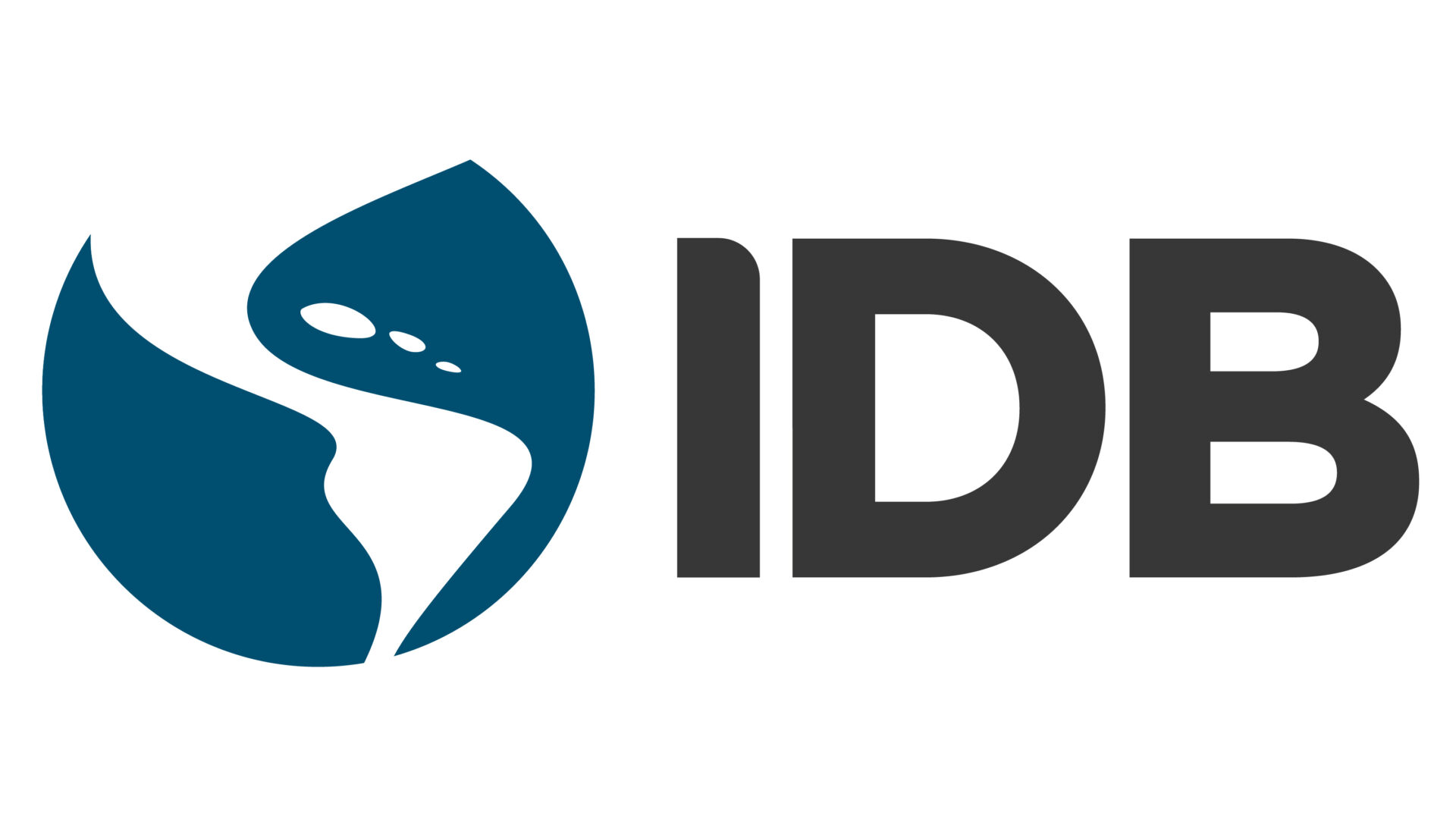
Funding Partner
